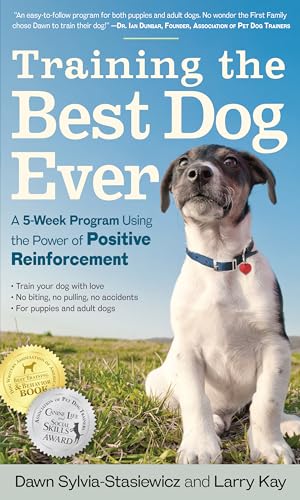Puppies are often not trained properly because some people find it difficult to train their dogs. Puppy training courses could be the solution you are looking for, but if you have the time and passion for doing it yourself, that can also be an option. Let’s explore a few practical tips on how to train a puppy so it becomes a well-mannered dog you can love and cherish.
7 Best Tips On How To Train A Puppy
Use Verbal Cues
Puppies learn by association, so use verbal cues with your puppy when giving him commands. For example, if you want your puppy to stop chewing on something, tell him “No” while removing the object from his mouth. This way, he will associate the word “no” with the action of chewing on inappropriate objects.
Be Consistent- How To Train A Puppy
Puppies need consistency to learn new things easily and quickly. If you want your pup to learn how to sit on command, for example, make sure that every time you give this command, he does exactly what you want him to do – sit down immediately! Don’t ask him twice or try other methods like tapping his rear or moving his front paws together – give him one clear signal and wait for him to respond accordingly. Consistency is key for successful training sessions with puppies.
Reward Good Behavior With Treats, Praise, and Affection
Puppies learn by associating actions with rewards, so reward your puppy every time he does something right. This also teaches him that good behavior brings pleasant consequences and bad behavior brings unpleasant consequences. Praise and affection are also effective rewards for puppies because they are highly motivated by the need for social contact and attention. Even if you don’t want to use treats, giving your puppy plenty of attention and praise when he does something right will help him understand what you want from him.
Use Positive Reinforcement Rather Than Punishment- How To Train A Puppy
Punishing a puppy for bad behavior can backfire because it makes him fearful of doing anything wrong if he gets punished again. It can also cause him to become aggressive toward people when they come near him or try to touch him since he associates them with pain and suffering rather than pleasure and affection. Positive reinforcement is much more effective at training puppies because it encourages them to repeat behaviors that bring them rewards instead of punishing them for ones that don’t offer any benefits.
Give Your Puppy a Place to Go to the Bathroom- How To Train A Puppy
Puppies need to go to the bathroom often, so ensure you have a specific place where they can do their business. This may be an area in your yard or even a litter box. The key is that it is easy for puppies to access but difficult to get outside. If you don’t want your pup on your carpet, train him at an early age with a leash attached to his collar and take him outside whenever he needs to go potty.
Teach Your Puppy His Name, and Discourage Him From Running Out of the House- How To Train A Puppy
When you’re training a puppy, he must know that his name is what he should respond to when called upon by his owner. Once he’s learned this skill, he should come running when he hears it, no matter what else might be distracting him at the moment – like the cat or another dog walking by! To teach this skill, start short distances from home and gradually increase the distance as your puppy becomes more responsive over time until they come running when they hear their name called from across the street or even across town.
Give Your Puppy a Place to Sleep- How To Train A Puppy
A puppy needs a place to call his own to feel secure in his new environment. A crate or a small room with a soft bed or blanket is ideal for this purpose. The crate should not be too large because when it’s time for your puppy to sleep, he should be able to lie down comfortably with only a small amount of space left around him. If there is too much open space in the crate, he may want to get out and explore instead of sleeping, which could endanger him and make him tired when he needs it most.
Keep Your Puppy on a Leash for the First Few Weeks to Keep Him Safe and Under Control- How To Train A Puppy
Your puppy needs to learn to control himself before being allowed off-leash outside your home or apartment building (if that’s where you live). This way, if he gets into something he shouldn’t while playing in the park or running around outside, he won’t get away from you because you have control over his leash.
Wrapping Up
If you’re considering adopting a puppy, congratulations! Dogs make great companions, but sadly many people abandon their animals when they become too much to handle. Shelters are flooded with.









